There is nothing at all intrinsically moral or immoral about food. That is something that we humans assign to it – just as we do with other things.
Consider the eternal ‘war’ between white and brown bread. Today, the modern bakeries popping up in European and American cities pride themselves on selling brown bread made of wholegrain flours which, in some cases (such as barbela wheat in Portugal), have revived grains which had become virtually obsolete.
While an elite concerned with nutritional issues currently regards brown bread as the healthy option and white bread as lacking in nutrients, and, therefore, purpose, it has not always been so. In fact, the opposite was once true.
In his book White Bread: A Social History of the Store-Bought Loaf, Aaron Bobrow-Strain recounts how industrially made white bread emerged at the start of the 20th century as a symbol of modernity, as opposed to the brown bread of the ‘hot, dusty, “dirty” bakeries run by immigrants’1 from Eastern and Southern Europe, many of whom were Jewish.
The appearance of the white industrial loaf enriched with vitamins (it had to be enriched because the process of creating white flour removes almost everything) was accompanied by a discourse which, among other things, presented it as ‘patriotic’. Those who adopted a ‘correct’ diet were contributing to a more physically and morally resilient nation. By supplying around a third of Americans’ calorie intake in the 19th and early 20th centuries, bread was central to this objective.
Just as the coronavirus pandemic has moulded behaviour today, in 19th-century America, the fear of cholera outbreaks led to the idealisation of white bread, as it was made in factories with little human input and was therefore seen as safe and hygienic.
To summarise Aaron Bobrow-Strain’s book, it ‘teaches us that when Americans debate what one should eat, they are also wrestling with larger issues of race, class, immigration and gender’.2 It also shows how ‘efforts to champion “good food” reflect dreams of a better society’.3




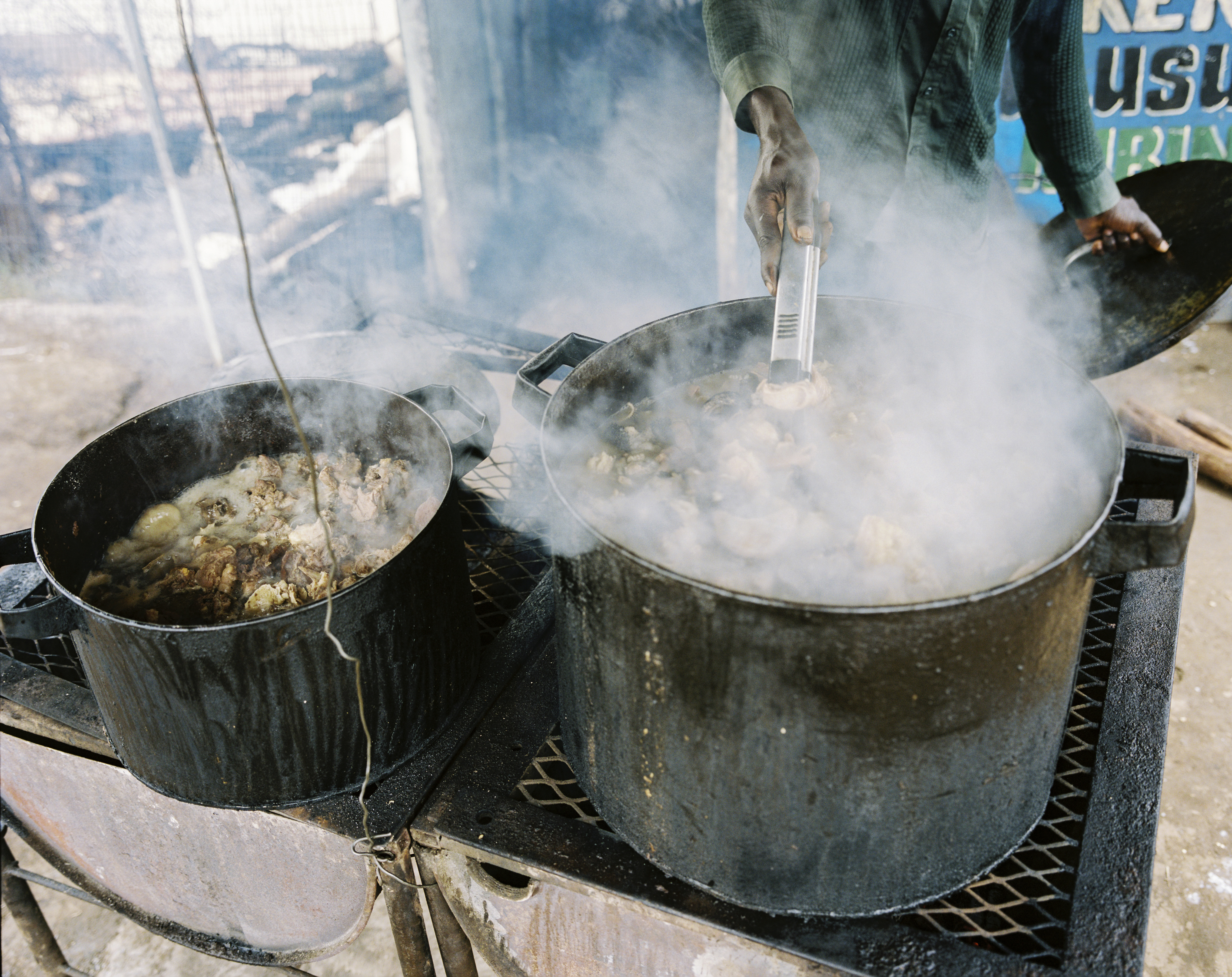






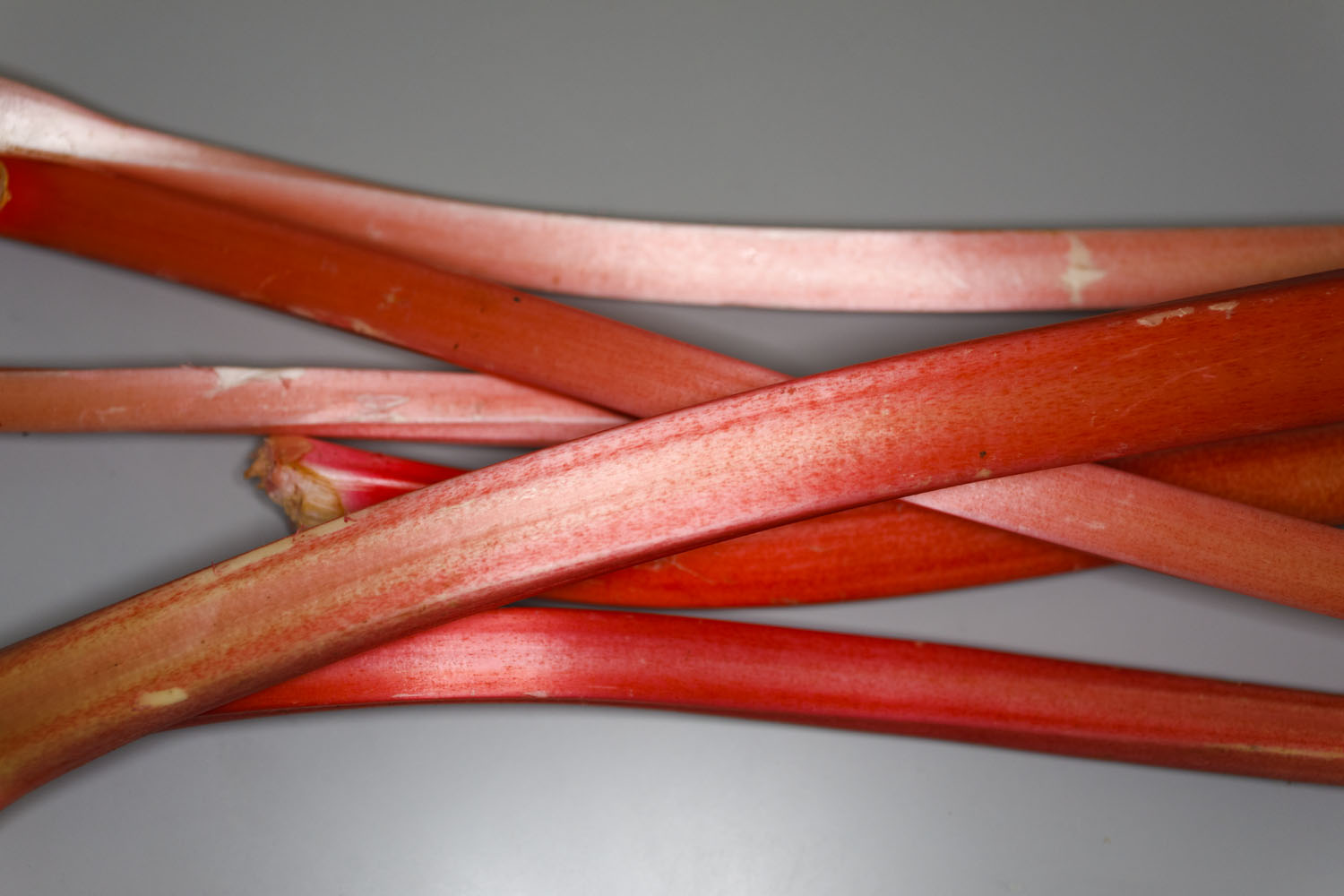
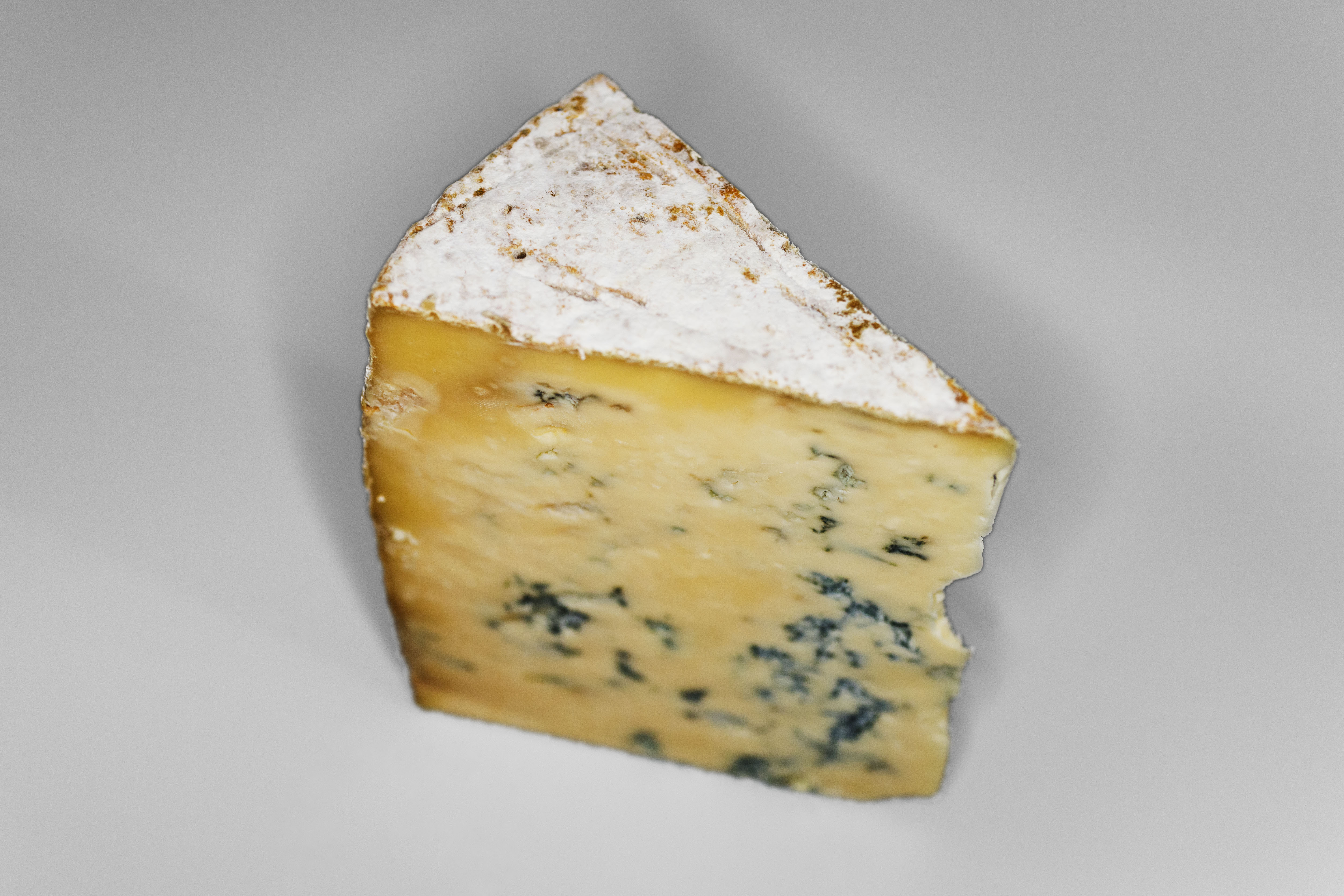
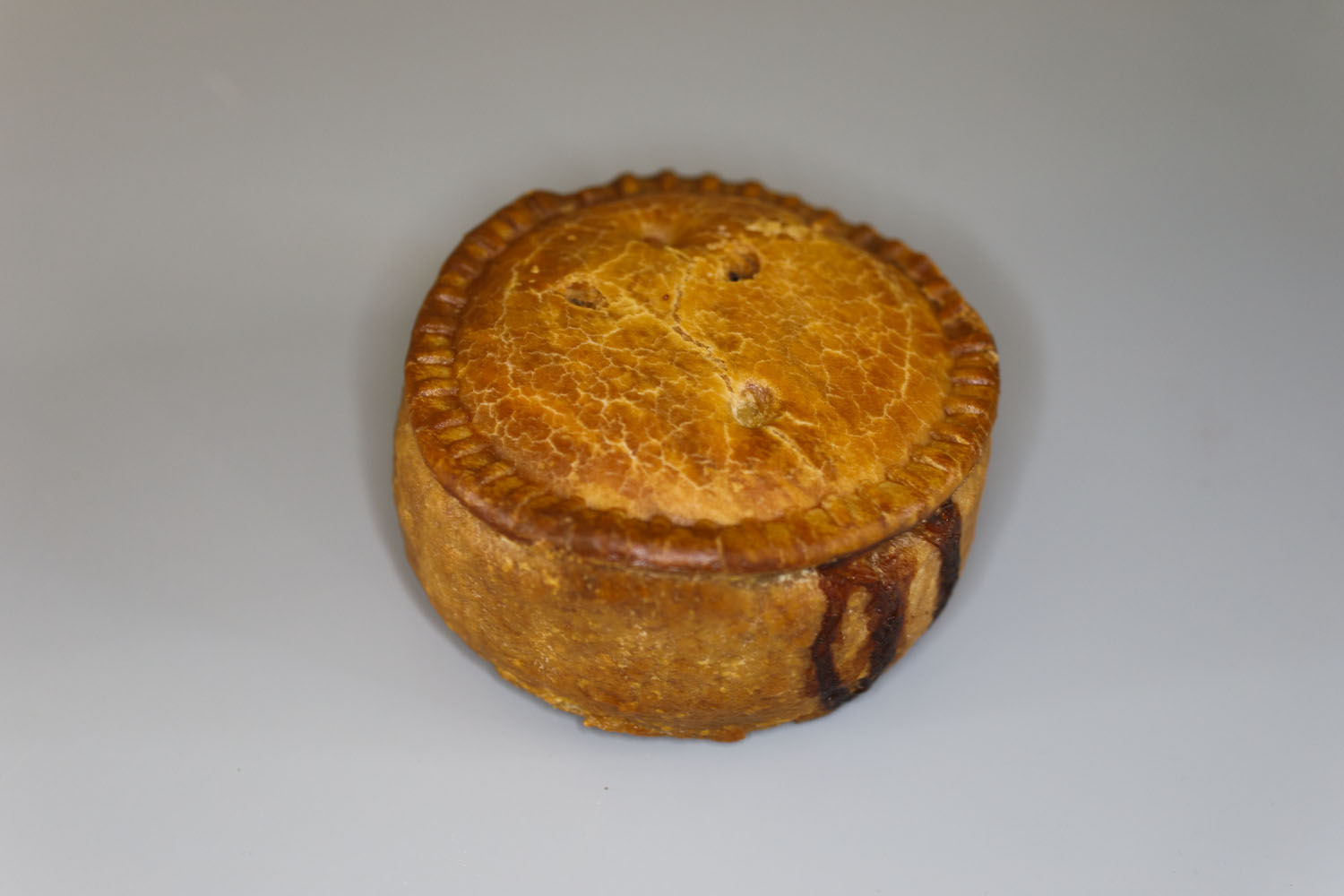



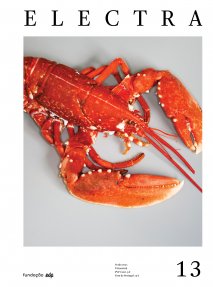
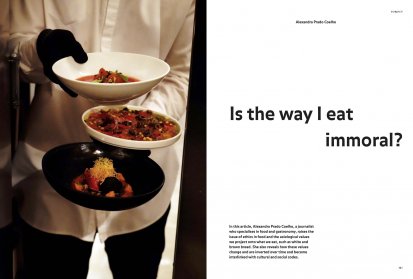
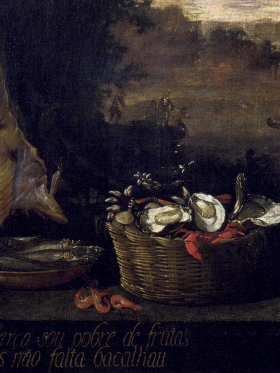


Share article